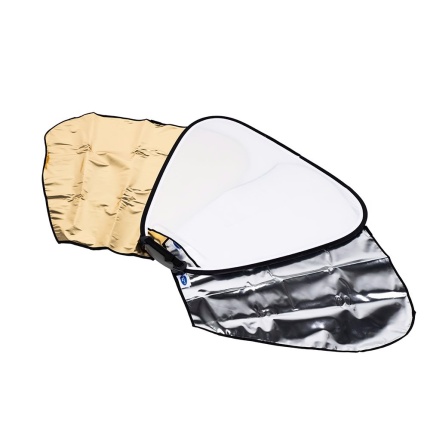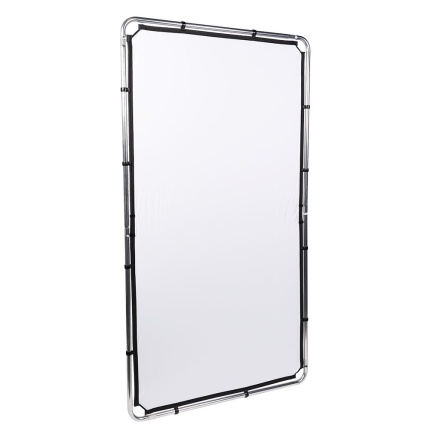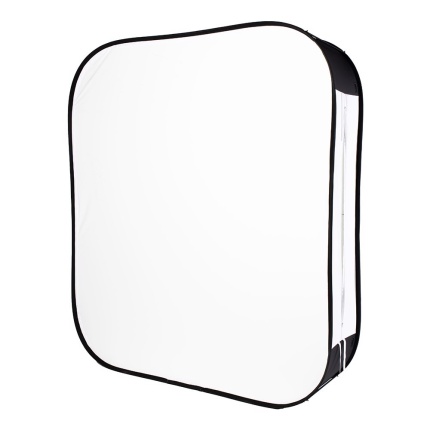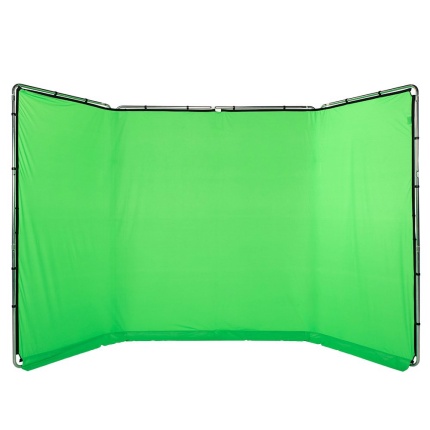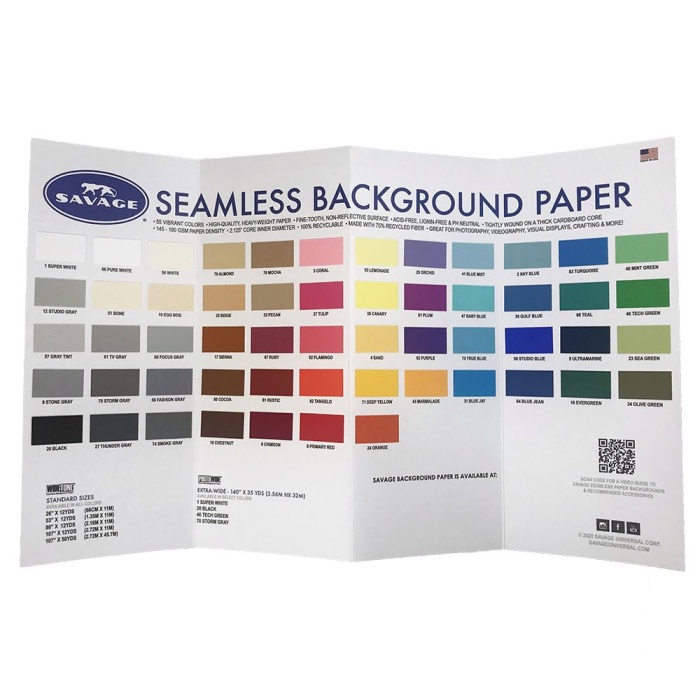Seamless Paper Color Chart
Out of Stock
SKU
SA CC-WIDETON55
Not available
- Real paper swatches
- Swatches measure 1'' x 1/2''
- Great planning tool
Description
Savage strives to ensure color accuracy and customer satisfaction for all Seamless Paper Backgrounds. Since monitors are calibrated differently from user to user, occasionally some variations may occur when viewing color swatches online. For that reason, we offer a seamless paper color chart that includes small samples of each color for order. Each paper sample measures 1/2″ x 1″ (1cm x 2.5cm).
Additional Information
-
Weight0.45 kg0.99 lbs
Warranty
Warranty Savage Paper
Due to the intended product use, consumable items such as paper backgrounds which are designed for limited uses then disposal, cannot be warrantied beyond any initial shipping damage or obvious defect in workmanship. Please retain your receipt as proof of purchase to request a replacement due to defect or shipping damage.



